Hashtags
Once a mere symbol, now a cornerstone of nearly every digital marketing plan in the social media realm. From Instagram to TikTok to Facebook, hashtags have morphed from trend to tool, wielding the power to elevate visibility and interaction like never before ✨.

Hashtags play a huge role in enhancing a brand's online presence and fostering meaningful connections with its audience. With strategic placement, these little symbols can unlock doors to broader audiences, drawing in those with shared interests or trending topics. And let's not forget the magic of branded hashtags, weaving a thread of identity across various platforms and inviting users to join in the conversation. Additionally, the analytical insights provided by hashtag tracking tools empower brands to measure the effectiveness of their social media strategies, refine their approach, and consistently optimize their online presence. Ultimately, hashtags offer a dynamic avenue for brands to not only increase visibility but also to forge authentic connections, driving long-term engagement and consumer loyalty 🤍.
Understanding Hashtags
Before delving into the strategies for maximizing reach and engagement, it's essential to understand what hashtags are and how they work. Hashtags are keywords or phrases preceded by the '#' symbol, and they are used for organizing and categorizing content on social media platforms. When users click on or search for a specific hashtag, they are presented with a feed of
posts that include the selected hashtag. Users can then discover and interact with information that aligns with their interests attributable to hashtags.
The Role of Hashtags in Social Media Marketing
Enhancing Discoverability:
Hashtags serve as a discovery tool, making it easier for users to find content related to specific topics. Incorporating relevant hashtags in your posts increases the likelihood of your content being discovered by users interested in those topics, thus enhancing your reach.
Building Brand Awareness:
Creating and promoting branded hashtags can significantly contribute to building brand awareness. Your brand can be identified on social media by using a distinctive and memorable hashtag that acts as a trademark for the brand. Encourage your audience to use your branded hashtag when sharing their experiences with your products or services, building a sense of community among your audience 🖤.
Joining Conversations and Trends:
Brands can engage in current discussions and trends in the larger community by using hashtags. You may raise the visibility of your content and link it with current conversations by keeping an eye on popular hashtags. That being said, you must make sure that your material is valuable to the conversation and relevant, as using forced or pointless hashtags might damage the reputation of your company.
Strategies for Maximizing Reach and Engagement
Research and Select Relevant Hashtags:
Conduct thorough research to identify the most relevant and popular hashtags within your industry or niche. Tools like Hashtagify, RiteTag, or trends on social media platforms can help you discover trending and widely used hashtags. It's crucial to strike a balance between using popular hashtags to reach a broader audience and incorporating niche hashtags to target a more specific and engaged audience.
Use Hashtags Across Platforms:
Different social media platforms have distinct features and user behaviors. Tailor your hashtag strategy to suit each platform while maintaining consistency in your brand messaging. While platforms like Instagram and TikTok heavily rely on hashtags, platforms like Twitter and LinkedIn also benefit from strategic hashtag use. Be mindful of the character limits on certain platforms and adjust your hashtag strategy accordingly.
Employ Hashtags in Campaigns:
When running social media campaigns, leverage hashtags to create a unified experience for your audience. Develop campaign-specific hashtags that tie into the campaign theme or message. This not only helps in tracking user-generated content related to the campaign but also facilitates the organization and promotion of campaign-related posts, effectively increasing brand awareness 🫶.
Encourage User-Generated Content:
User-generated content is a powerful tool and can significantly enhance your brand's credibility. Encourage your audience to create and share content about your brand, using your branded hashtags. This not only increases engagement, but also extends your reach as user-generated content is often shared within the networks of those creating it, coming off as more authentic.
Monitor and Analyze Hashtag Performance:
Regularly monitor the performance of the hashtags you use. Analytical tools provided by social media platforms (i.e. Instagram) or third-party analytics tools (Hootsuite, Buffer) can provide insights into the reach, engagement, and overall impact of your hashtags. Use this data to refine your hashtag strategy, identifying which hashtags are most effective in reaching your target audience.
Strategic Placement of Hashtags:
Consider the placement of hashtags within your posts. While some users prefer incorporating hashtags within the caption, others opt to place them in the comments section. Experiment with different placements to determine what works best for your audience and platform 💫. Additionally, avoid overloading your posts with hashtags, as this may come across as inauthentic and could negatively impact engagement.

When it comes to digital marketing, hashtags are essential for brands looking to maximize their reach and engagement. By understanding the role of hashtags, conducting thorough research, and implementing hashtag strategies, businesses can enhance their online presence, foster community engagement, and drive meaningful interactions with their target audience. The power of hashtags lies not just in their ability to categorize content but in their potential to elevate brands, amplify messages, and connect with audiences in a way that transcends traditional marketing boundaries ✨.
Read more

When it comes to digital marketing, social media is undoubtedly superior in helping brands reach target audiences, as well as in communicating with and building relationships with them. Through com...

The Branding Boutique LA is not just a digital marketing agency – we're a community of passionate creatives, entrepreneurs, and innovators. And our UCLA Internship Program is at the heart of everyt...

